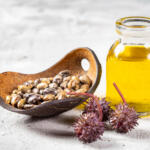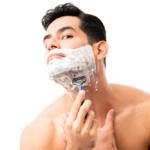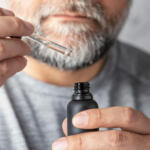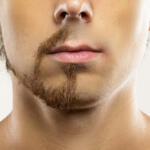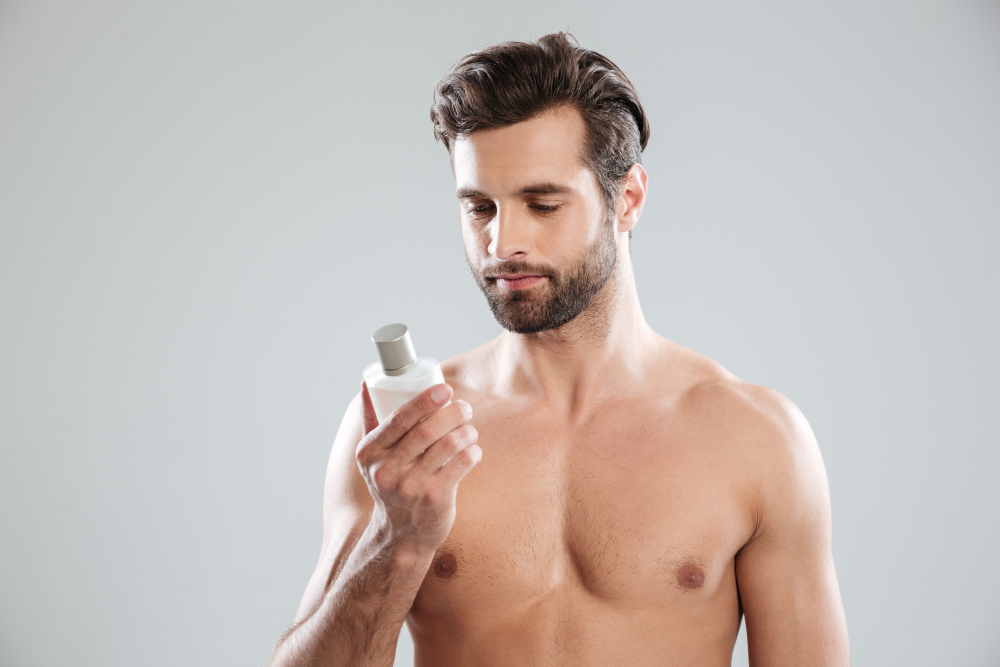
Think of aftershave as the exclamation point on the sentence of your shaving routine — it leaves you feeling refreshed, smelling fantastic, and ready to tackle the day. However, if you’ve experienced the unpleasant sting or burn that often follows its application, you’re not alone. It’s a common question: Why does aftershave burn, and what can be done to prevent it?
Let’s delve into the causes of this sensation and reveal expert-approved tips to help mitigate the discomfort.
Understanding Aftershave Burn
Shaving exfoliates the top layer of your skin, leaving it more susceptible to irritation. Aftershave products, while designed to be antibacterial to prevent infections and razor burn, can sometimes sting when applied to this sensitized skin.
The Role of Alcohol in Aftershave
In the past, alcohol was a key ingredient in aftershaves for its potent antibacterial properties. Despite its effectiveness at killing bacteria, it can be tough on the skin, leading to dryness and irritation, especially after shaving.
While alcohol is a reliable antiseptic, it can also strip the skin of its natural oils. For individuals with sensitive skin or a tendency toward dryness, alcohol-based aftershaves might exacerbate these issues.
Aftershave Splash versus Aftershave Balm
The type of aftershave you use can significantly influence how your skin reacts post-shave. Traditional aftershave splashes, often alcohol-based, can be refreshing yet may provoke more of a sting. In contrast, aftershave balms are generally creamier and more moisturizing and often lack alcohol, resulting in less irritation.
If you have oily skin, you might appreciate the astringent effects of an aftershave splash. However, if you have dry or sensitive skin, an alcohol-free aftershave balm can be a more skin-friendly alternative.
Your Shaving Technique Matters
A comfortable shave starts with proper technique. A sharp, high-quality razor coupled with adequate skin preparation can significantly reduce nicks, cuts, and irritation. Consider pre-shave oil or soap for added protection, and go for traditional shaving creams or soaps instead of canned foams for a better glide and cushion.
Frequent razor blade replacements and a light touch while shaving can help prevent skin irritation. Also, shaving in the direction of hair growth and frequently rinsing your blade can make a big difference.
Prevention and Relief from Aftershave Burn
While aftershave burn is certainly unpleasant, there are effective strategies to both prevent and alleviate it:
- Choose alcohol-free aftershaves, especially if you have dry or sensitive skin.
- Moisturize your skin after shaving.
- Test new aftershave products on a small skin area first.
- Allow your skin a few minutes to recover post-shave before applying aftershave.
- If your skin feels hot or irritated after shaving, try splashing your face with cool water or applying a cold compress.
Remember, everyone’s skin is unique, so it’s crucial to tune in to your body’s signals and select products that suit your individual needs. Experimenting with different aftershaves and techniques can help you craft the perfect shaving experience.
Tips to Prevent Aftershave Burn
To sidestep the dreaded aftershave burn, consider these handy tips:
- Use alcohol-free aftershaves if your skin is dry or sensitive.
- Keep your skin moisturized post-shave.
- Test new aftershave products on a small patch of skin before full application.
- Allow your skin a few minutes to rest after shaving before applying aftershave.
- Apply cool water or a cold compress to soothe irritated skin post-shave.
- Select an aftershave product that aligns with your skin type and requirements.
A Comparison of Aftershave Products
The market offers a plethora of aftershave options, each with its unique set of advantages and potential drawbacks. Here’s a quick rundown to assist you in selecting the best fit for your skin type:
Aftershave Splash
- Pros: Offers a refreshing feel, contains antiseptic properties, may reduce oiliness
- Cons: Can contain alcohol, may cause dryness or irritation for sensitive skin
Aftershave Balm
- Pros: Provides moisture, often alcohol-free, suitable for dry or sensitive skin
- Cons: Might feel too heavy or greasy for those with oily skin
Aftershave Lotion
- Pros: Lightweight and absorbs quickly, offers hydration without a greasy feel
- Cons: Alcohol content may vary, so read the label if you have sensitive skin
Aftershave Gel
- Pros: Delivers a cooling effect, is non-greasy, often soothes irritated skin
- Cons: Some gels may contain alcohol or other irritants, so choose with care
Wrapping Up
While aftershave burn can feel like an unwelcome part of your grooming routine, armed with the right information and products, you can overcome it. Whether you prefer the classic splash or lean towards a soothing balm, there’s an aftershave option designed for you. By paying attention to your shaving technique and the specific needs of your skin, you can enjoy a smooth, healthy, and burn-free shaving experience. Here’s to happy and comfortable shaving!
Please remember, the information provided in this article is for educational purposes and should not be taken as medical advice. If you have concerns about your skin or shaving routine, it’s always best to consult with a dermatologist or healthcare professional.
Last update on 2024-04-18 / Affiliate links / Images from Amazon Product Advertising API
Affiliate Disclosure: This post contains affiliate links, which means I may receive a small commission, at no extra cost to you, if you make a purchase using these links.

Jay Kang
Just because i'm asian does not mean I don't need shaving. I always wanted to grow a beard when I was young, now I need to shave because hair growth for me is a problem. I'm going through what every man will and has gone through before.

